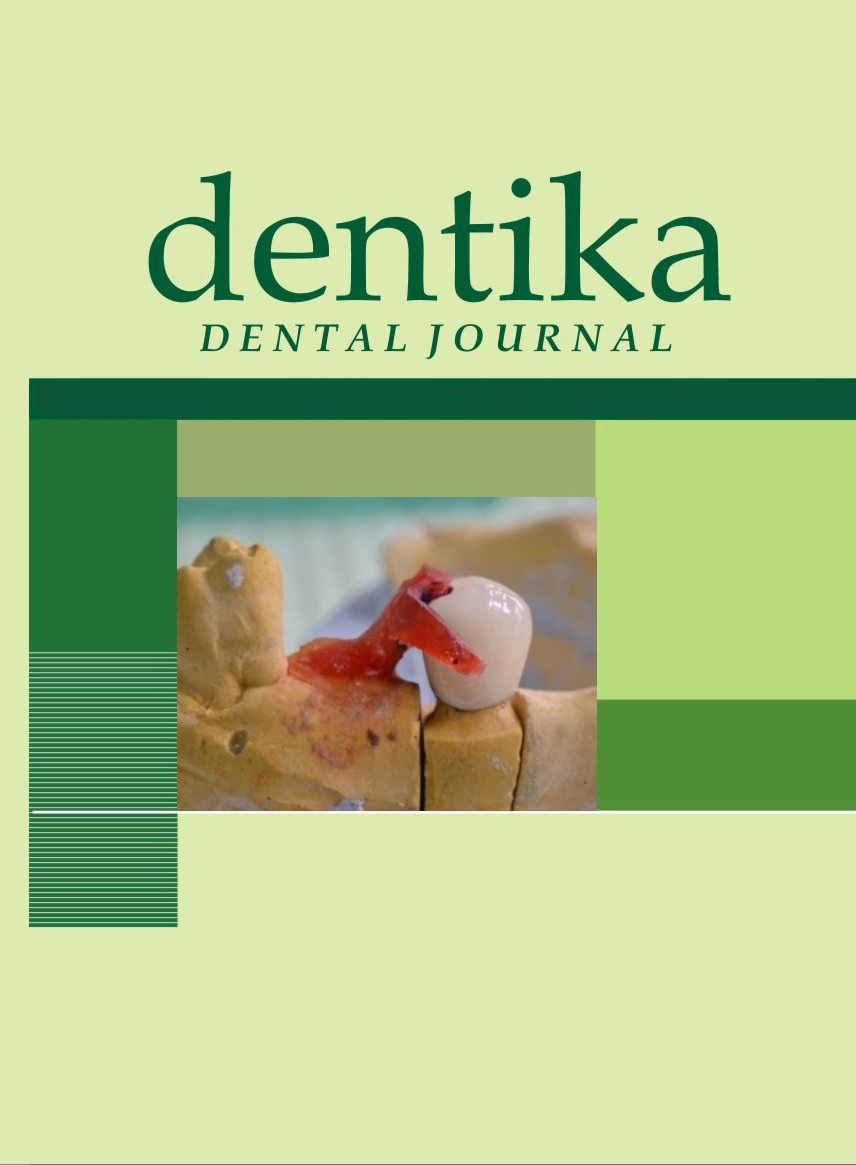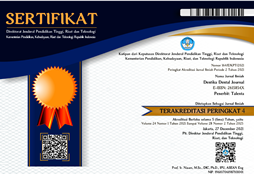The Prevalence of Surgical Wound Infection in Post-Mandibular Resection of Ameloblastoma Patients
Prevalensi Infeksi Luka Operasi Pasca Reseksi Mandibula Pada Pasien Ameloblastoma
DOI:
https://doi.org/10.32734/dentika.v24i2.6545Keywords:
Surgical wound infection, ameloblastoma, mandibular resectionAbstract
Ameloblastoma, a common form of odontogenic tumor, is usually treated by surgery. However, wound infections remain a significant source of postoperative morbidity, accounting for about a quarter of the total number of nosocomial conditions. Surgical wound infection (SWI) is common after surgery, and in particular, wound infection has been linked with an intraoral surgical opening in 20–40-year-old patients. Common incisional closure complications in oral and maxillofacial surgery include postoperative wound infection, dehiscence, formation of hematomas, and skin flap necrosis, which lead to delayed healing of the incision. The data relating to the incidence of post-mandible resection SWI in Dr. Hasan Sadikin Bandung Hospital are not yet known. Therefore, the objective of this research was to assess the incidence of SWI in ameloblastoma patients after mandible resection treatment. This research adopted an observational and descriptive approach. Based on the inclusion and exclusion criteria, the research subjects were recruited between January 2018 and December 2019. This study showed the occurrence of SWI in 7 patients (2 men and five women) who had mandibular resection treatment for ameloblastoma and whose age range was 30–40 years. The results also revealed that the surgical openings in these patients were intraoral. In conclusion, findings demonstrated a higher prevalence of SWI in women after mandibular resection treatment than in men.
Downloads















